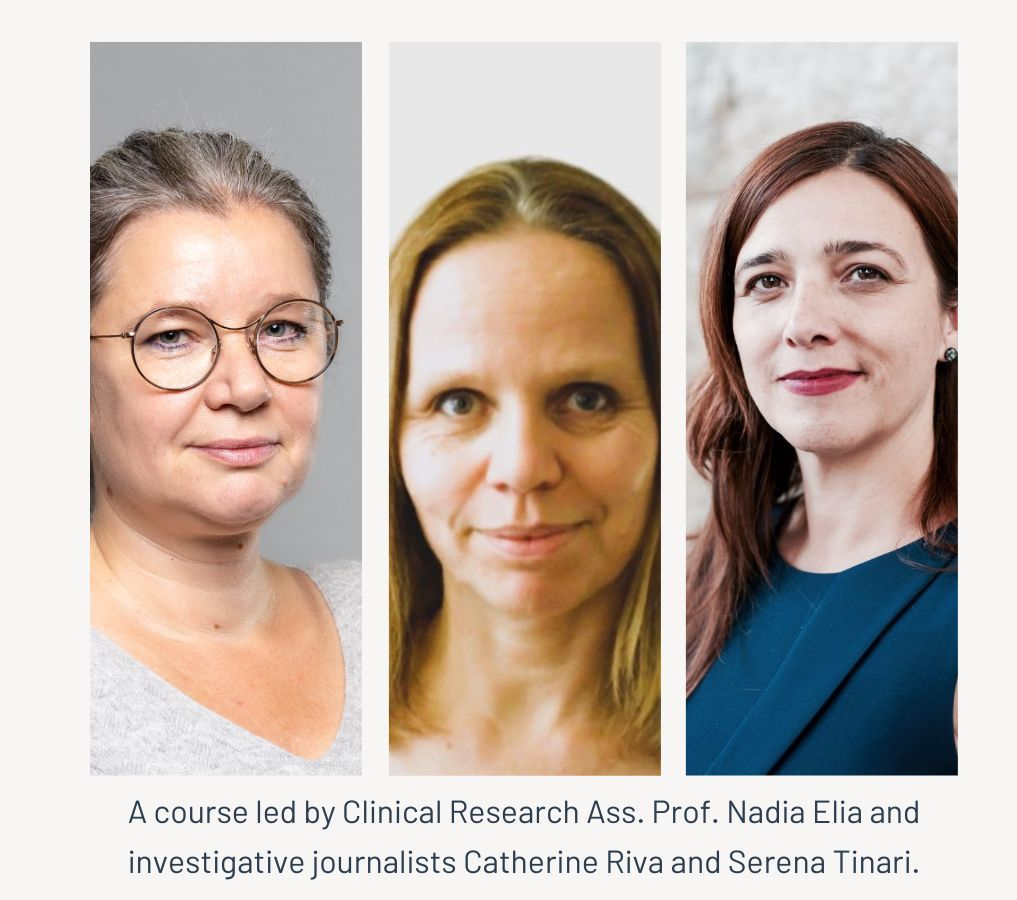Evidence-Based Health Reporting
5 CME
This course equips participants with essential skills to critically evaluate health and medical reporting, combining investigative journalism and evidence-based medicine. It covers how to assess study designs, understand the drug approval process, effectively communicate benefit/risk ratios, and identify conflicts of interest in health reporting. Participants will learn practical tools to ensure accurate, ethical, and evidence-based coverage of medical topics
-
39 videos
Always up to date -
Accredited by
Accreditation information
The course is accredited by the European Accreditation Council for Continuing Medical Education (EACCME®), granting 0.5 CME credits per 30 minutes of e-learning upon successful completion of the final test. Questions? Contact us at learn@epistudia.com.


